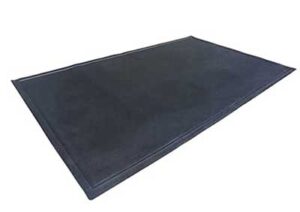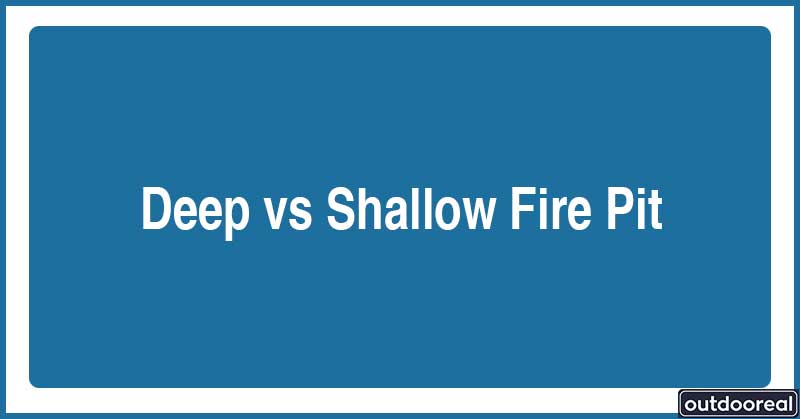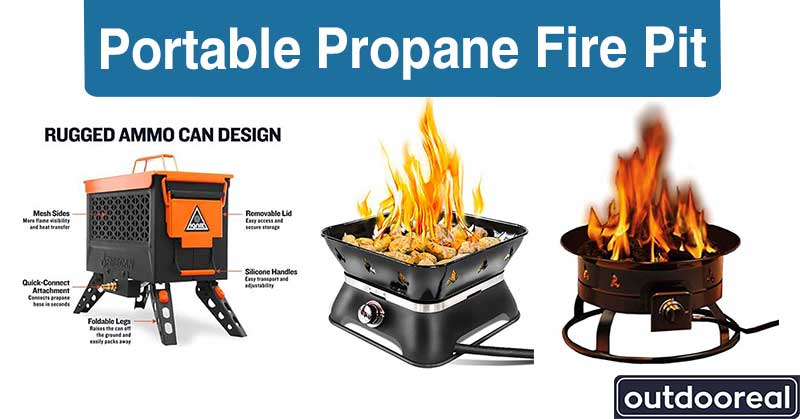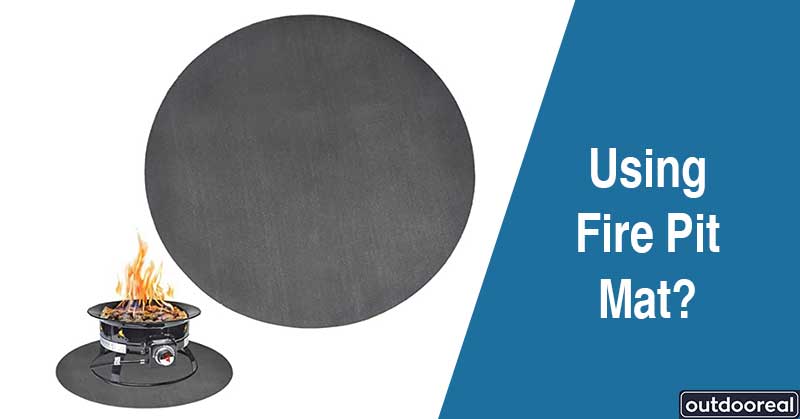Concrete slabs are ideal for placing a fire pit and enjoying. Because they are reasonably fireproof, dropped sticks and ashes from your fire will not ignite as quickly as they would if your fire pit were on grass. Furthermore, the concrete slab will be more stable than grass or any structure.
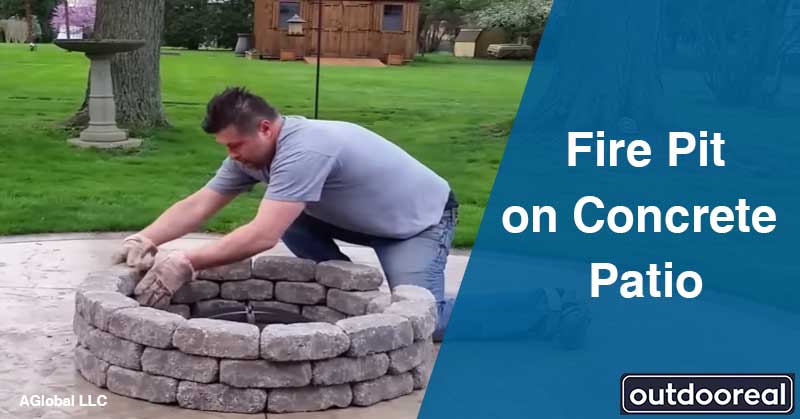
Will a Fire Pit Damage a Concrete Patio?
Yes, a fire pit will deteriorate a concrete patio’s condition over time. When used regularly, the heat produced by a fire pit is sufficient to dry the concrete, causing it to expand and crack. In addition, heat will cause the cement in the concrete to break down and change color.
Concrete can be damaged by fire in a variety of ways:
- The tremendous heat of a fire will dehydrate the concrete over time. Concrete will always contain water in its pores, no matter how old. Fire takes moisture from the air, generating pockets of air that produce porous cracks in the concrete and lead it to become brittle.
- If the concrete patio is made with concrete, reinforced, and fixed with rebar, your surface will be much more vulnerable to fire damage. In temperatures as low as 500 ℉, rebar can become brittle. When rebar becomes brittle, its shape begins to alter, and cracking occurs.
- The material used in your patio may expand or break down depending on the sort of concrete you have and the content of your deck. Some quick-mixes, for example, employ limestone as their primary aggregate – the solid combined with cement and water to produce concrete. However, limestone degrades when exposed to extreme heat, resulting in concrete cracking and collapse.
On the other hand, many forms of concrete use quartz aggregate, which is more durable than limestone. Like limestone, quartz expands rather than breaks down under high heat. Under mild heat, quartz aggregate expands rapidly and cracks before its limestone mix counterpart.
As for this result, it would be better to have a patio using a limestone-type total. It will endure longer in high temperatures. Crack lines of it will appear chalky and white in tiny crevices near your fire pit. While it is unattractive, calcination also functions as an insulator, preventing your concrete patio from deteriorating prematurely due to heat. Unfortunately, the calcination is unsightly and difficult to remove once established.
What Should You Put Under a Fire Pit on a Concrete Patio?
The things that you should put under your firepit are readily available and surprisingly best for safety and security;
Fire pit mat or pad
An ember mat is one technique to safeguard your concrete patio. These mats, as the name implies, protect your concrete surface from stray embers or grease that could damage the surface of your deck.
Sand or dust
If you do not have enough options to protect the concrete from a fire pit, you can use a layer of sand. Sand works fine as a medium between the fire pit and the paver.
Stones or paver rocks
Another good option is to use the stone or rocks available at your house. You can use gravel or stone to create a leveled surface where you can put the fire pit. Again, it will do the work of heat absorbing.
==> You can also check the list of what you can put under your fire pit and what not here.
Will Concrete Crack with Fire?
Concrete will expand when exposed to high temperatures, leading to cracks. In addition, because concrete comprises non-combustible materials, it is the ideal foundation for a fire pit. However, you can avoid this by carefully maintaining the fire pit and the surface safety rules.
What Causes the Concrete in Your Patio to Explode?
During the pouring and spreading operation, little air bubbles become trapped inside the concrete. This does not happen due to carelessness; instead, it’s an unavoidable trade outcome. Getting rid of all the air bubbles before the concrete dries is impossible, so using a protective heat pad or any barrier between the patio and the fire pit is better.
What Temperature Will Concrete Crack?
In temperatures above 77 °F or 25 °C, the water used to hydrate and cure the cement will evaporate, raising the temperature of the concrete and causing the concrete to crack simultaneously.
[You may also like: Can you put a fire pit on pavers? ]
How to Protect My Concrete Patio from a Fire Pit?
There are various methods to protect the concrete surface from the heat of a fire pit;
Use a protective heat barrier
To protect the concrete slab from fire pit heat and damage, you should use the most straightforward solution is to use any heat protective mat, pad, sand, etc., which will work as a heat protection barrier. These will decrease the heat damage on concrete significantly.
Use a portable fire pit
The first option is to utilize a portable fire pit to keep the fire away from the concrete’s surface.
Construct a fireproof surface
Construct a fireproof surface over the top of your concrete using refractory cement or fire bricks, but remember, this option is a fixed one; you can not build a fireproof surface every day.
Hope this helps. We would love you here your thoughts in the comments.

